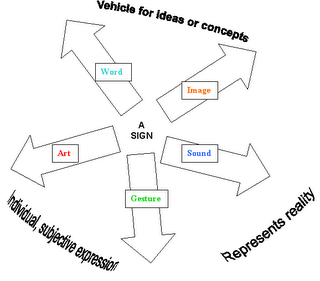Theories
Semiotics and content analysis (quantitative) are the main methods of formal analysis of representation.

- Semiotics foregrounds the process of representation.
- Reality is always represented - what we treat as 'direct' experience is 'mediated' by perceptual codes. Representation always involves 'the construction of reality'.
- All texts, however 'realistic' they may seem to be, are constructed representations rather than simply transparent 'reflections', recordings, transcriptions or reproductions of a pre-existing reality.
- Representations which become familiar through constant re-use come to feel 'natural' and unmediated.
- Representations require interpretation - we make modality judgements about them.
Representation is unavoidably selective, foregrounding some things and backgrounding others. - Realists focus on the 'correspondence' of representations to 'objective' reality (in terms of 'truth', 'accuracy' and 'distortion'), whereas constructivists focus on whose realities are being represented and whose are being denied.
- Both structuralist and poststructuralist theories lead to 'reality' and 'truth' being regarded as the products of particular systems of representation - every representation is motivated and historically contingent.

0 Comments:
Post a Comment
<< Home